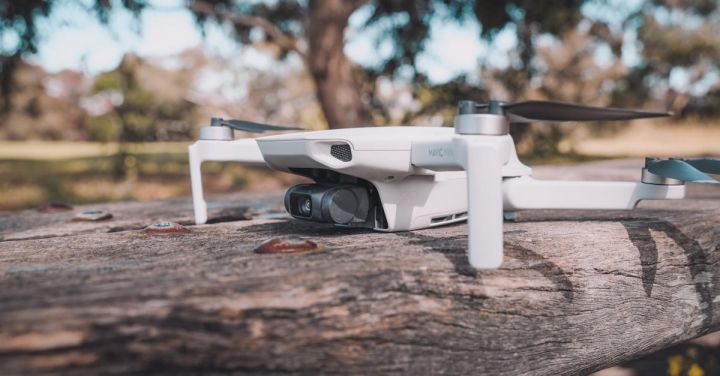What’s the Difference between Rtf and Bnf Aircraft?
If you’re new to the world of remote-controlled aircraft, you might be confused by the acronyms RTF and BNF. These abbreviations stand for Ready-To-Fly (RTF) and Bind-N-Fly (BNF), and they represent two different types of aircraft that cater to different levels of experience and preferences. In this article, we’ll explore the differences between RTF and BNF aircraft to help you make an informed decision when choosing one for yourself.
Understanding RTF Aircraft
RTF aircraft, as the name suggests, are ready to fly right out of the box. They come pre-assembled and include all the necessary components like the aircraft itself, the transmitter, and the receiver. RTF aircraft are designed for beginners or those who don’t have the time or expertise to build and configure an aircraft from scratch.
The advantage of RTF aircraft is that they are user-friendly and require minimal setup. Once you charge the batteries, you can simply bind the transmitter to the receiver, and you’re ready to take off. This makes RTF aircraft a convenient option for those who want to start flying right away without any hassle.
BNF Aircraft: A Closer Look
On the other hand, BNF aircraft are a bit more advanced and require some additional components to get started. BNF stands for Bind-N-Fly, meaning that these aircraft come pre-assembled, but without a transmitter. This means that you’ll need to have a compatible transmitter that can bind to the receiver in order to fly the BNF aircraft.
The benefit of BNF aircraft is that they allow you to use your existing transmitter if you already own one. This can be advantageous for experienced pilots who have a preferred transmitter with advanced features and settings. BNF aircraft give you the flexibility to choose the transmitter that suits your needs, rather than being limited to the one that comes with the aircraft.
Choosing Between RTF and BNF
When deciding between RTF and BNF aircraft, it’s important to consider your experience level and personal preferences. If you’re a beginner or someone who wants a hassle-free flying experience, RTF aircraft are a great choice. They come with everything you need to start flying right away, and you don’t have to worry about compatibility issues.
On the other hand, if you already have a transmitter that you’re comfortable with or if you’re an experienced pilot looking for more customization options, BNF aircraft might be the better option. With BNF aircraft, you have the freedom to choose a transmitter that suits your needs and take advantage of its advanced features.
Conclusion: The Choice is Yours
In the end, the choice between RTF and BNF aircraft comes down to your personal preferences and experience level. RTF aircraft provide convenience and simplicity, while BNF aircraft offer more flexibility and customization options. Whichever option you choose, both RTF and BNF aircraft provide an exciting and enjoyable flying experience for anyone interested in remote-controlled aircraft.







